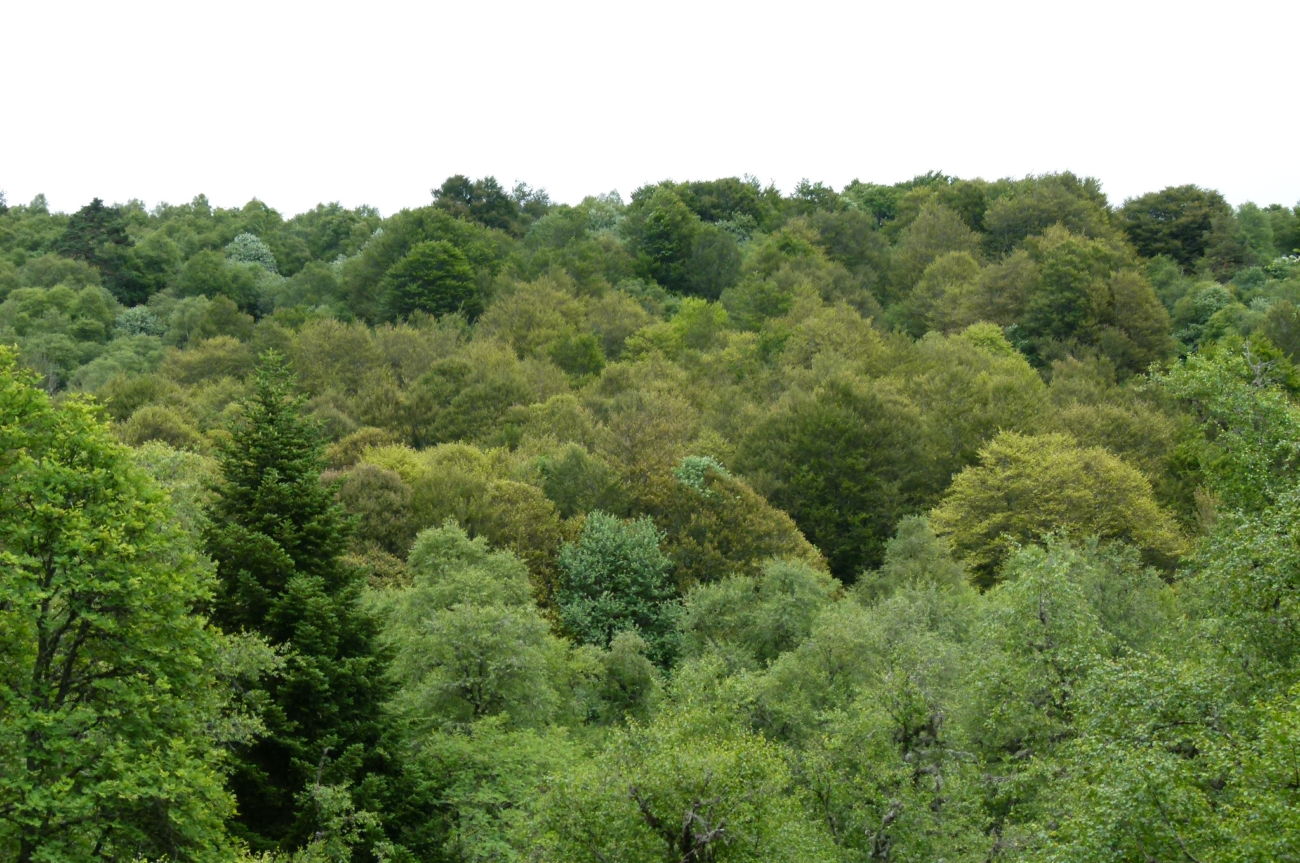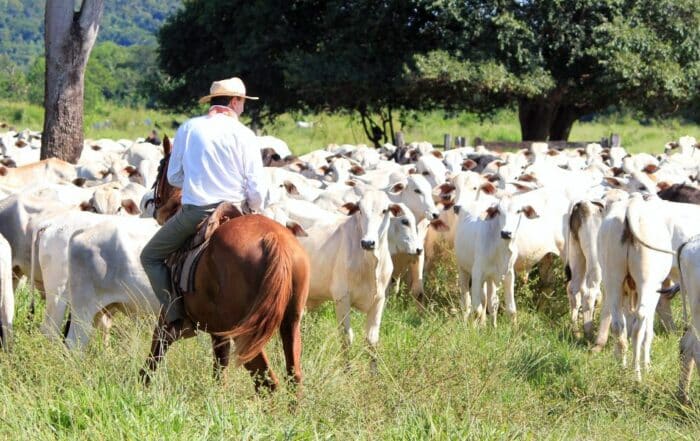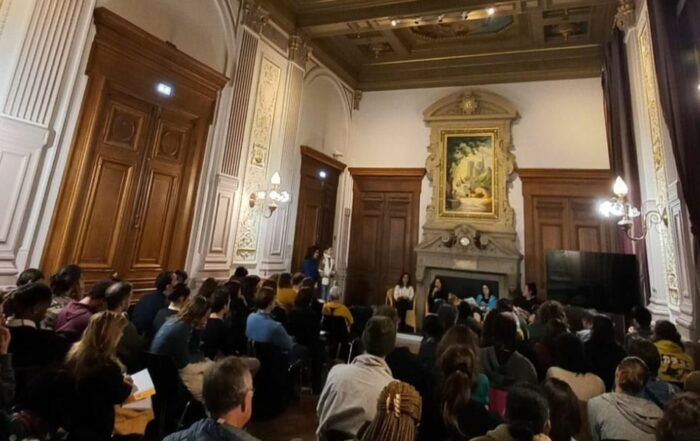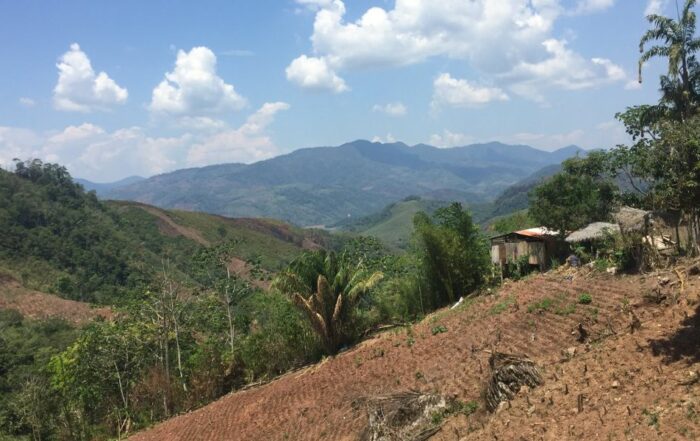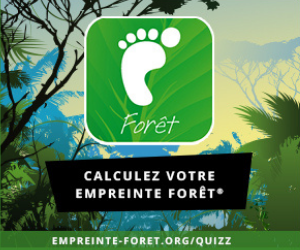Consolidation of knowledge
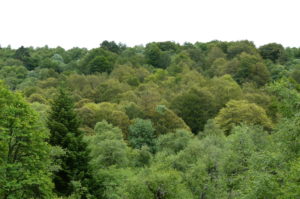 Alexandra, our research officer, volunteered to participate in our project based in the glacial valleys of Haut Forez. The project’s overall aim is to strengthen the protection of forests with a unique natural character in three of Haut Forez’s glacial valleys (Fossat, Reblats and Pégrol woods) in order to preserve the typical landscape of the area, the water quality and the animal and plant biodiversity found there.
Alexandra, our research officer, volunteered to participate in our project based in the glacial valleys of Haut Forez. The project’s overall aim is to strengthen the protection of forests with a unique natural character in three of Haut Forez’s glacial valleys (Fossat, Reblats and Pégrol woods) in order to preserve the typical landscape of the area, the water quality and the animal and plant biodiversity found there.
Our first priority has been to deepen our understanding of the ecology of these zones, with a view to forming a project strategy which targets the key actions which we need to take. Working in partnership with the  Auvergne Conservation agency, Alexandra began by forming a bibliographic summary of the ecological data currently available to us. It tuned out that the woods of the Pégrol valley had not been as well researched or documented as the other two valleys. Alexandra, along with the Conservation agency, therefore arranged a day of study and data collection of the natural environment (looking at the natural habitats, the fauna and flora, the state of the forest…), which would allow her to map out the natural habitats of the Pégrol woods as accurately as possible.
Auvergne Conservation agency, Alexandra began by forming a bibliographic summary of the ecological data currently available to us. It tuned out that the woods of the Pégrol valley had not been as well researched or documented as the other two valleys. Alexandra, along with the Conservation agency, therefore arranged a day of study and data collection of the natural environment (looking at the natural habitats, the fauna and flora, the state of the forest…), which would allow her to map out the natural habitats of the Pégrol woods as accurately as possible.
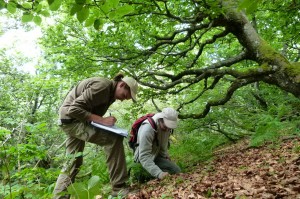 Alexandra’s research shows that the study the diverse natural habitats present in glacial valleys, and which are of use or interest to local communities, is an effective way to monitor the presence (or absence) of rare species. The trends observed here enable us to prioritise any projects for further research or exploration in the area, so that we might protect it as best as possible. Alexandra has now moved on to producing her final report, which will show that the three forests of the glacial valleys in Haut-Forez represent an area of outstanding natural value. Indeed, subsequent analysis of the data collected reveals the presence of a significant number of species and natural habitats of community interest in the area.
Alexandra’s research shows that the study the diverse natural habitats present in glacial valleys, and which are of use or interest to local communities, is an effective way to monitor the presence (or absence) of rare species. The trends observed here enable us to prioritise any projects for further research or exploration in the area, so that we might protect it as best as possible. Alexandra has now moved on to producing her final report, which will show that the three forests of the glacial valleys in Haut-Forez represent an area of outstanding natural value. Indeed, subsequent analysis of the data collected reveals the presence of a significant number of species and natural habitats of community interest in the area.
It is, therefore, important to protect these species, and to continue to implement our recommended policy of non-intervention in the area. Indeed, this policy will allow for the natural development and emergence of a diverse forest ecosystem, creating a space in which the natural fauna and flora can thrive. The next step will therefore be to form a strategy for the management of the three glacial valleys, highlighting the key ways in which we need to take action towards protecting the forests.
Consolidation of knowledge
 Alexandra, our research officer, volunteered to participate in our project based in the glacial valleys of Haut Forez. The project’s overall aim is to strengthen the protection of forests with a unique natural character in three of Haut Forez’s glacial valleys (Fossat, Reblats and Pégrol woods) in order to preserve the typical landscape of the area, the water quality and the animal and plant biodiversity found there.
Alexandra, our research officer, volunteered to participate in our project based in the glacial valleys of Haut Forez. The project’s overall aim is to strengthen the protection of forests with a unique natural character in three of Haut Forez’s glacial valleys (Fossat, Reblats and Pégrol woods) in order to preserve the typical landscape of the area, the water quality and the animal and plant biodiversity found there.
Our first priority has been to deepen our understanding of the ecology of these zones, with a view to forming a project strategy which targets the key actions which we need to take. Working in partnership with the  Auvergne Conservation agency, Alexandra began by forming a bibliographic summary of the ecological data currently available to us. It tuned out that the woods of the Pégrol valley had not been as well researched or documented as the other two valleys. Alexandra, along with the Conservation agency, therefore arranged a day of study and data collection of the natural environment (looking at the natural habitats, the fauna and flora, the state of the forest…), which would allow her to map out the natural habitats of the Pégrol woods as accurately as possible.
Auvergne Conservation agency, Alexandra began by forming a bibliographic summary of the ecological data currently available to us. It tuned out that the woods of the Pégrol valley had not been as well researched or documented as the other two valleys. Alexandra, along with the Conservation agency, therefore arranged a day of study and data collection of the natural environment (looking at the natural habitats, the fauna and flora, the state of the forest…), which would allow her to map out the natural habitats of the Pégrol woods as accurately as possible.
 Alexandra’s research shows that the study the diverse natural habitats present in glacial valleys, and which are of use or interest to local communities, is an effective way to monitor the presence (or absence) of rare species. The trends observed here enable us to prioritise any projects for further research or exploration in the area, so that we might protect it as best as possible. Alexandra has now moved on to producing her final report, which will show that the three forests of the glacial valleys in Haut-Forez represent an area of outstanding natural value. Indeed, subsequent analysis of the data collected reveals the presence of a significant number of species and natural habitats of community interest in the area.
Alexandra’s research shows that the study the diverse natural habitats present in glacial valleys, and which are of use or interest to local communities, is an effective way to monitor the presence (or absence) of rare species. The trends observed here enable us to prioritise any projects for further research or exploration in the area, so that we might protect it as best as possible. Alexandra has now moved on to producing her final report, which will show that the three forests of the glacial valleys in Haut-Forez represent an area of outstanding natural value. Indeed, subsequent analysis of the data collected reveals the presence of a significant number of species and natural habitats of community interest in the area.
It is, therefore, important to protect these species, and to continue to implement our recommended policy of non-intervention in the area. Indeed, this policy will allow for the natural development and emergence of a diverse forest ecosystem, creating a space in which the natural fauna and flora can thrive. The next step will therefore be to form a strategy for the management of the three glacial valleys, highlighting the key ways in which we need to take action towards protecting the forests.

